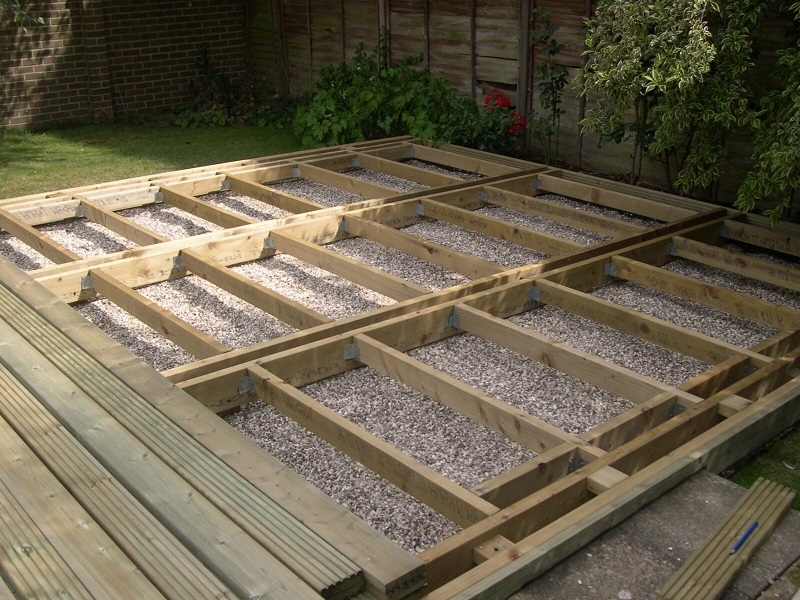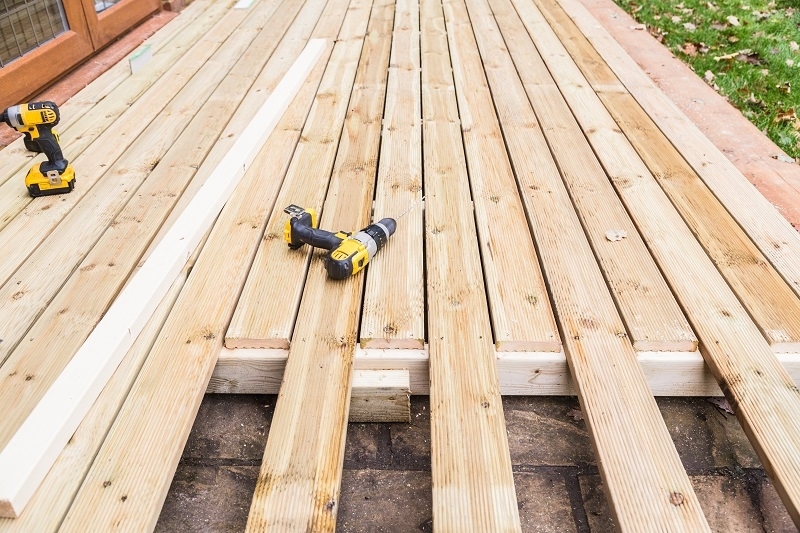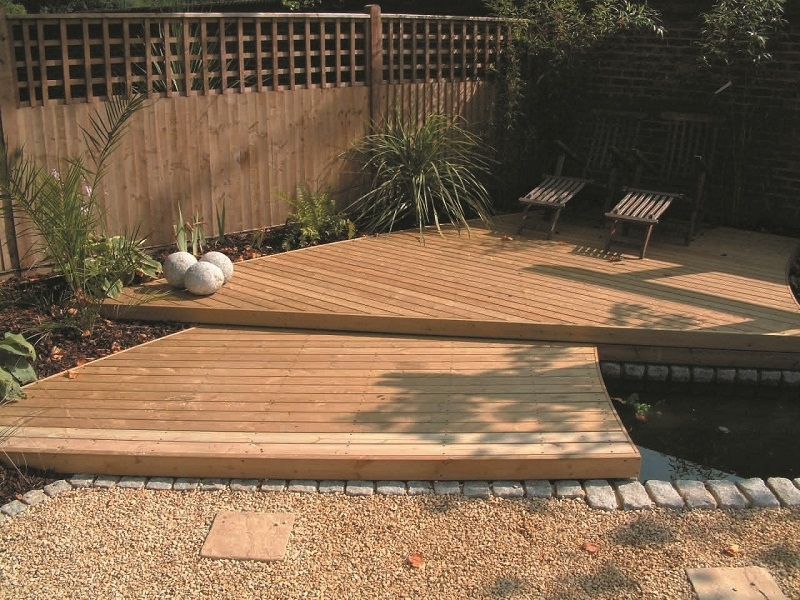Why every deck is only as good as its joists
Published: 22/06/22 By: Mike Bekin
When working with timber, there is a lot you can do to improve its life service, or durability. From choosing a species which has the properties you need to applying a stain that makes your wood water repellant, or choosing good sturdy fixings, how you work with your timber will affect the longevity of your final structure. One key component on which we encourage all our clients to focus when creating decking, is joists. Decking is only as good as the joists you use, and here is everything you need to know when creating yours.
What Are Decking Joists?
Decking joists are planks of timber working as the foundations for your decking. Before the top deck boards are laid, a framing structure is created to support these boards. Joists create this framing structure, taking the weight of your deck and anything you put on it. Without strong, stable joists which span the correct distance, you will find yourself with a wobbly deck very quickly!
Deck joists have a direct impact on the durability and safety of the rest of your decking. Without well-constructed, strong joists, you risk compromising the service life of your deck. Even with good quality timber, if your joists aren’t installed correctly you won’t see the benefits they bring. In fact, you can even create an unsafe deck that will not be able to bear heavy loads, putting you, your friends and your family at risk.

How to Create a Solid Base For Your Decking
Before creating your foundation, assess the ground. It is best to lay decking on flat, solid ground which has been paved over. If you are laying it on grass, remove the turf digging the soil to a depth of about 5 cm. Add landscaping fabric to prevent weeds and lay down paving slabs for stability.
You will then need to start adding your joists. These should mark the sides of your decking, creating a square or rectangle (unless you intend a more unconventional shape for your decking) on top of which your decking boards will sit. Once your outline is made, begin filling in the square with more joists at the appropriate gaps to provide good support.
It is also a good idea to add noggins to your structure. These are shorter planks of timber which sit with your joists and create a more stable foundation. For more information on building a deck, Wickes has a great guide which is easy to follow.
If you don’t think you can correctly install deck joists, it is well worth bringing in a professional to do it for you. Joists are such a vital part of creating a safe, strong deck that it is simply not worth the risk of DIY if you are not experienced.
What Timber Should You Use For Joists
It is important to use a durable timber species appropriate for outdoor use for your decking joists. Redwood and Larch are common options, as is Douglas Fir if you want a cheaper deck. Your wood should be pressure treated to improve resistance to rot and insect infestations, or you may use ThermoWood® for a more eco-friendly option. Please ensure you have checked a decking manual beforehand, such as TDCA’s
Joist Spacing and Sizing
When spacing and sizing your joists, please consult span tables according to the decking board you’ll use. Place them at every 40cm inside your original joist outline. If you reach the end and it is only a little more than 40cm, it is still wise to place another joist. It is better to have more joists than not enough!
Get More Help With EcoChoice
If you are creating a foundation for your decking, we can help. Our timber experts are more than happy to match our clients with the right timber for their needs, and we have an extensive knowledge of how to create structurally sound decking. Get in touch with us today and we will get back to you as quickly as we can!
Images: Christine Bird / Shutterstock.com and TDCA

